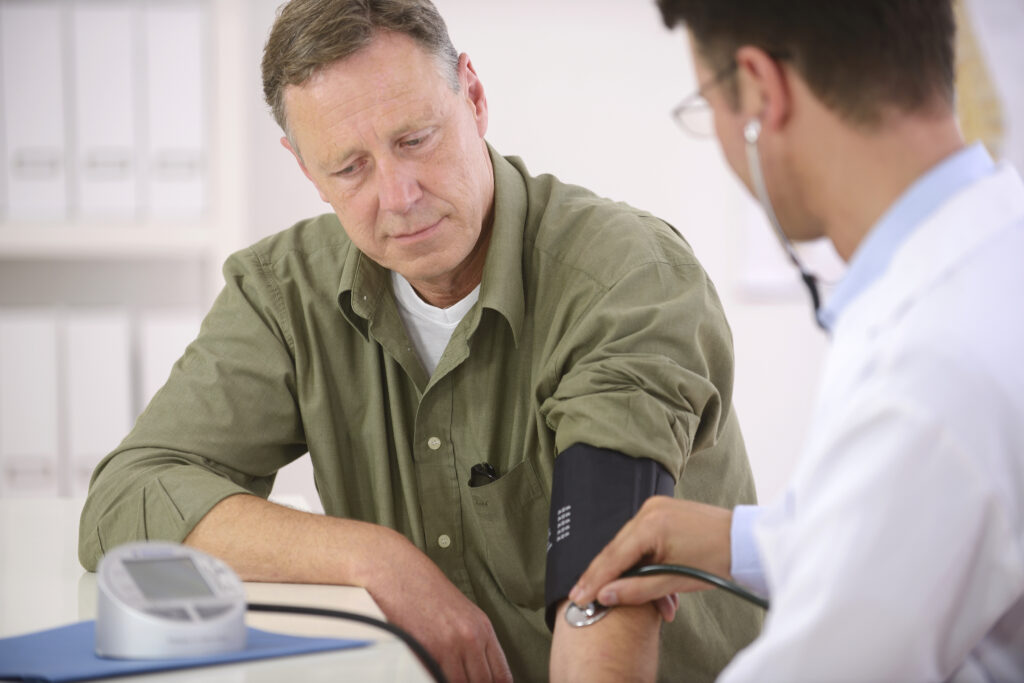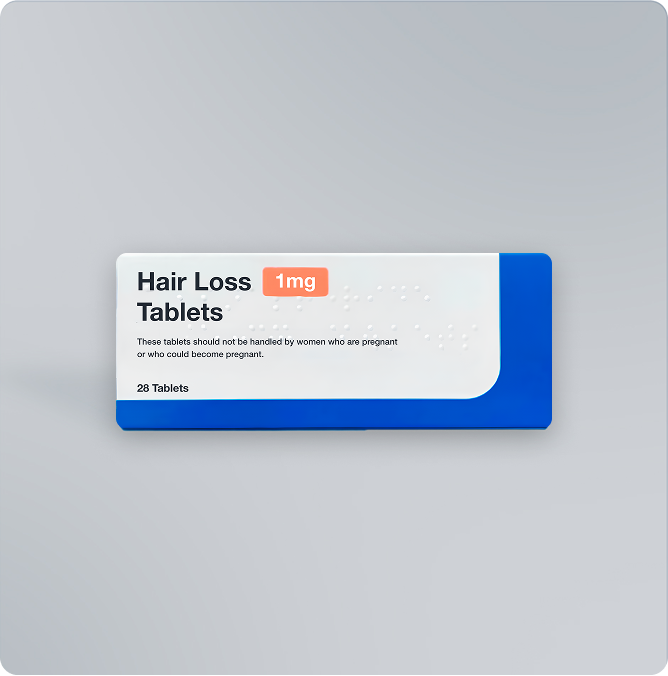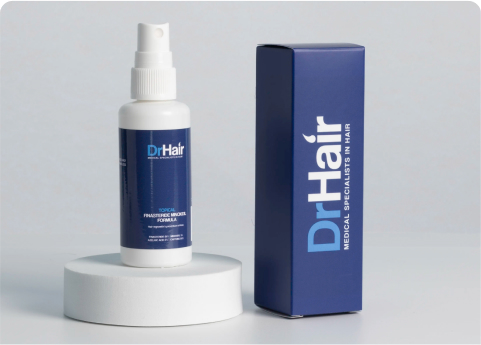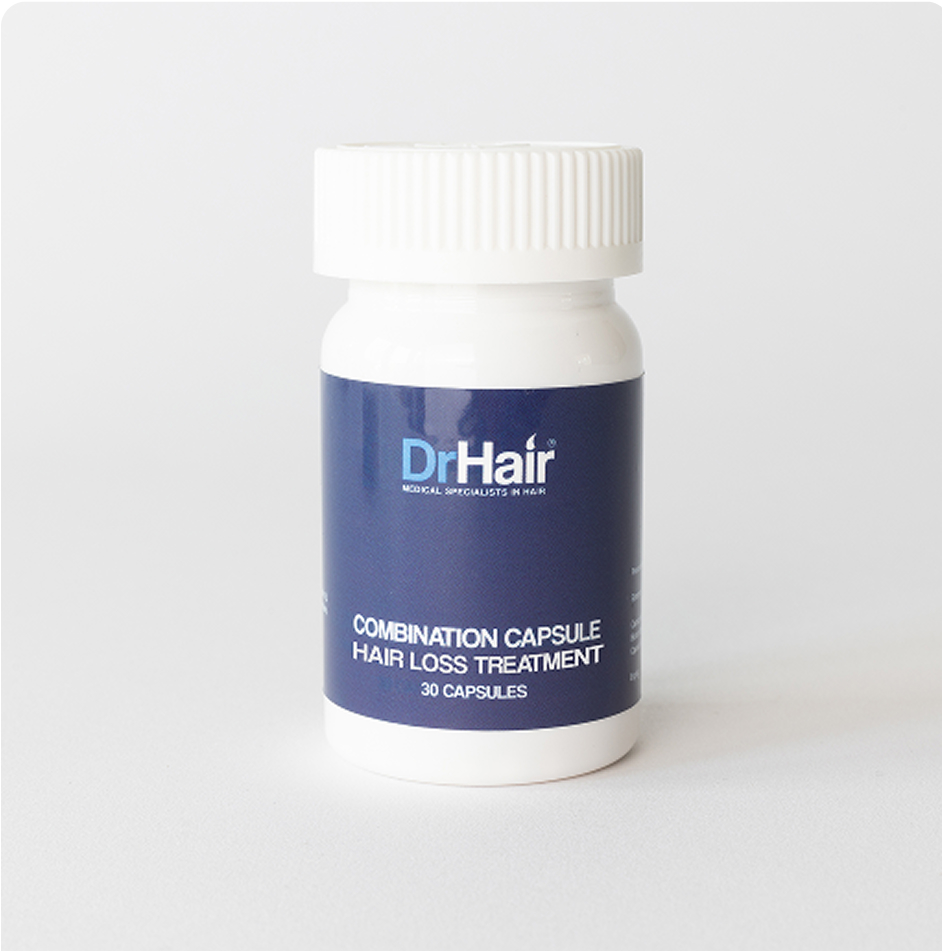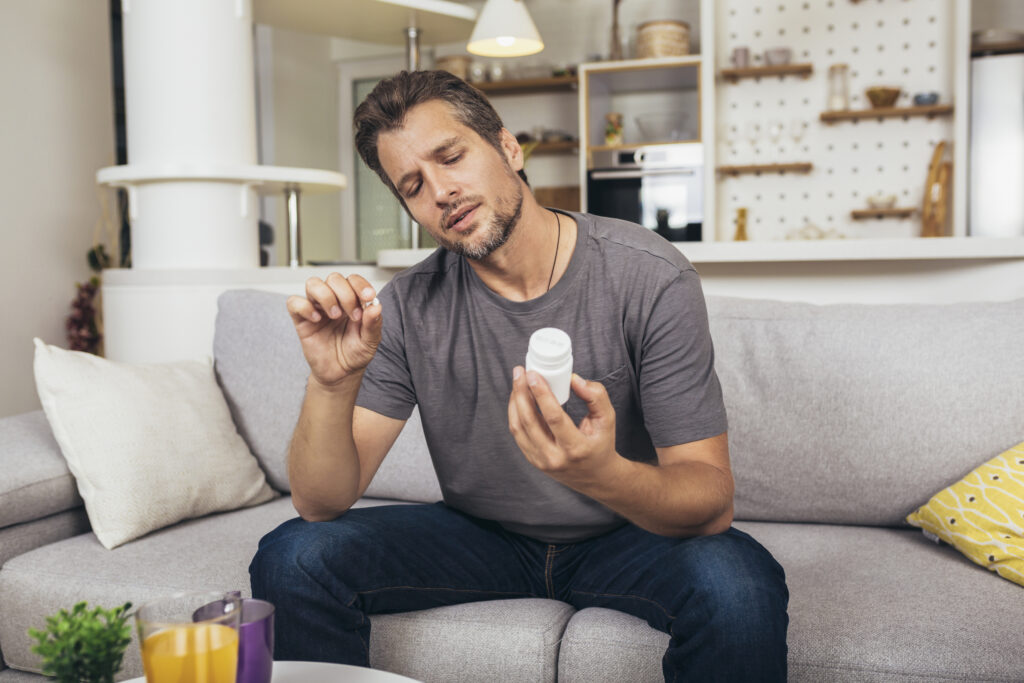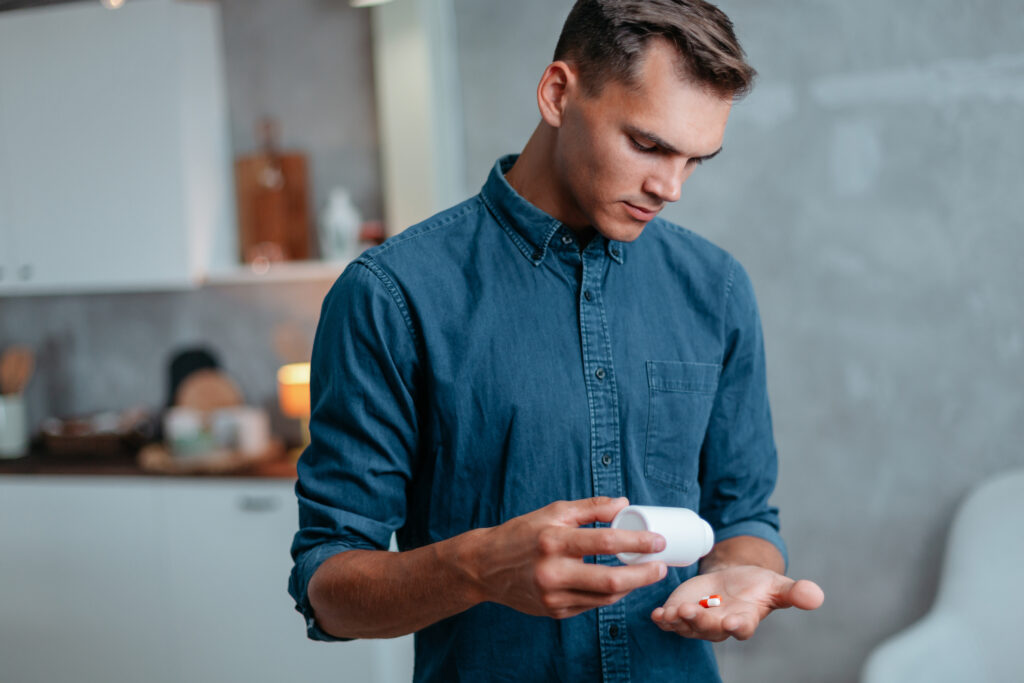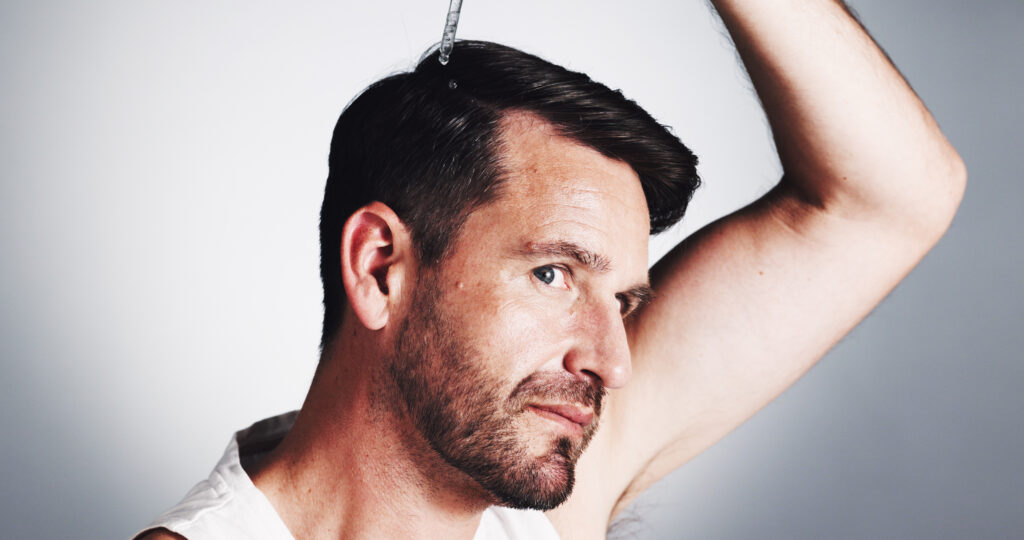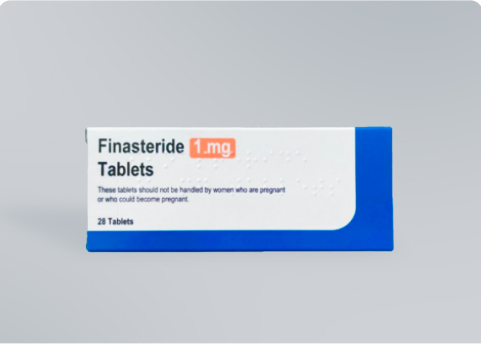Minoxidil is a highly effective treatment licensed in the UK and US for male pattern baldness, and though not licensed, also works for various other types of alopecia [1]. In its topical form, it is commonly used as a solution you can apply to your scalp to slow hair loss and stimulate hair growth. In fact, around three quarters of hair transplant specialists recommend topical minoxidil to their patients [2].
Its main action, both in oral and topical forms, is to open up the blood vessels by acting on potassium channels of vascular muscle cells, stimulating blood flow and feeding your hair follicles with essential nutrients [1,3].
But does topical minoxidil lower blood pressure too? Well, yes, in some cases it can, but it is unlikely to, compared to oral minoxidil.
In this article, you’ll learn:
- If topical minoxidil affects your blood pressure and heart.
- The side effects of topical minoxidil.
- Our recommendation for taking topical minoxidil.
Table of Contents
Can topical minoxidil lower blood pressure?
Research has shown that hypotension, or low blood pressure, is a rare occurrence in those who take topical minoxidil [3]. This is not to be confused with oral minoxidil, which is licensed to treat high blood pressure in the UK. The absorption rate, when taken topically and applied directly to the scalp, is 1-2%, which is a lot lower than oral minoxidil and may at least partly account for the difference between the impact of topical vs oral minoxidil on blood pressure [1].
Does topical minoxidil affect your heart?
Research suggests topical minoxidil is not linked to heart problems, such as ischemic heart disease or abnormal heart rate [1]. There are rare cases where oral minoxidil use has been linked to these conditions, but not with topical use.
Does topical minoxidil absorb into the bloodstream?
Yes, a very small amount of topical minoxidil will enter the bloodstream despite it being applied to the skin surface. However, this isn’t usually enough to cause any systemic effects.
What are the side effects of minoxidil topical solution?
Generally speaking, people who use minoxidil 5% formula tolerate it well and any side effects experienced are quite mild. Side effects are generally less intense and frequent than with other hair loss products, such as finasteride. Some of the possible side effects of topical minoxidil include [5]:
- Skin irritation, flaking and redness.
- An itchy scalp and ears.
- Temporary minoxidil hair shedding.
- Headaches.
- Unwanted body hair growth.
- Changes in hair colour.
There is a very low risk of systemic effects, even if you apply it more than the recommended two times per day [6]. Approximately 95% of the absorbed minoxidil will leave your body four days after it has been applied [1].
Is minoxidil safe?
Yes, topical minoxidil is a safe and effective treatment for hair loss. Numerous large-scale studies have shown that serious side effects are uncommon and that most people don’t experience any negative effects [1, 7]. These days, millions of people use minoxidil.
DrHair’s finasteride + minoxidil solution
A combined topical finasteride and minoxidil treatment gives you the best chances of regrowth with the least amount of side effects. It’s both a safe and effective approach.
The image below shows the progression of this patient’s hair growth after using topical finasteride combined with minoxidil at baseline (A-B), then after 3 months (C-D) and 6 months (E-F) [8].
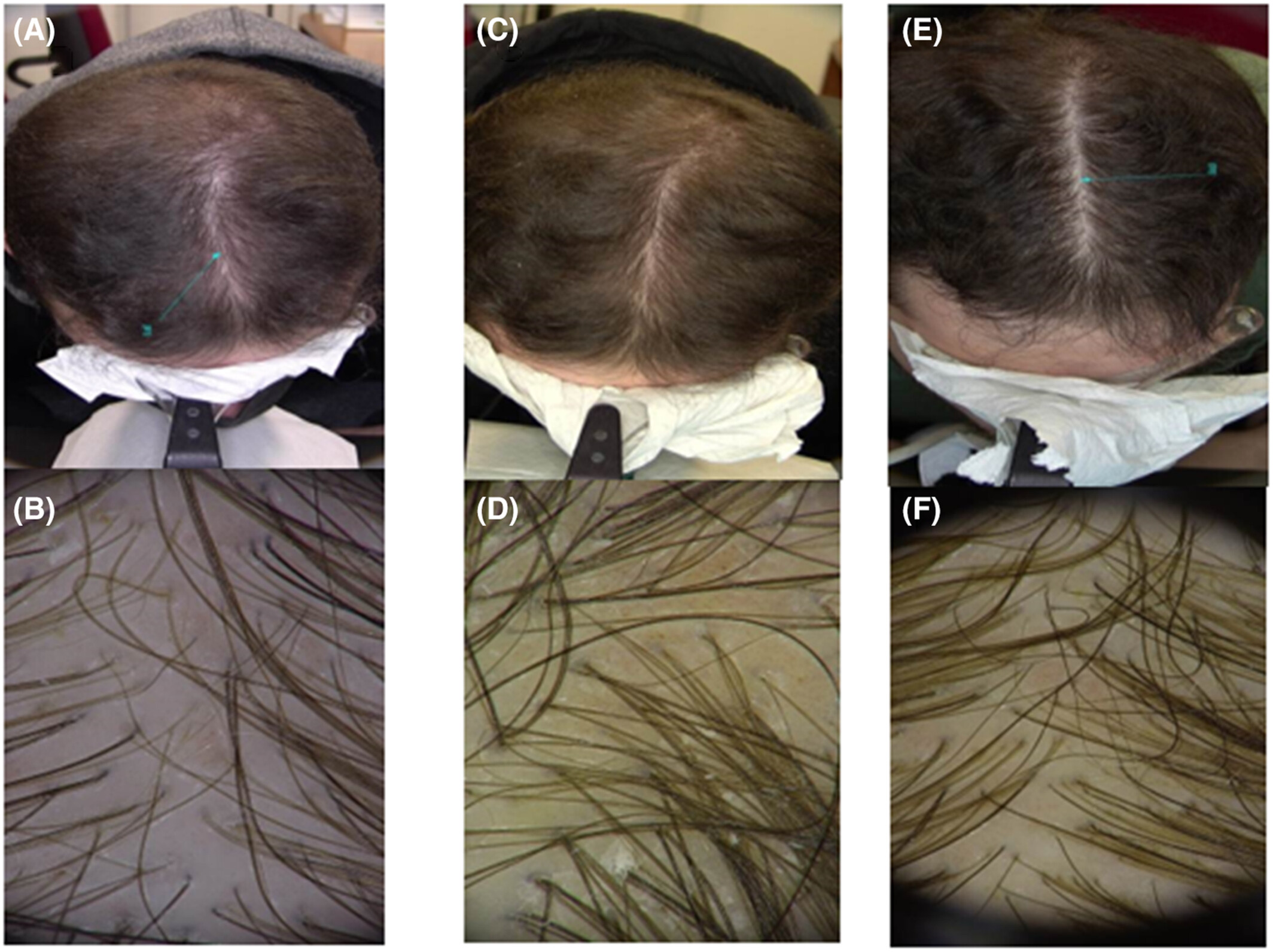
Hair growth following topical finasteride + minoxidil. Source & image credit: [8].
Get DrHair’s minoxidil treatment now
If you are looking to tackle your hair loss before it gets worse, trying minoxidil is a great place to start.
You can choose to start with our 5% minoxidil spray, our topical finasteride + minoxidil spray, or our oral finasteride + minoxidil spray. We recommend combining oral finasteride and topical minoxidil for the best results.
When you buy from DrHair, you’ll not only get regrowth, but also:
- Rapid assessment (less than a minute).
- The best prices, guaranteed.
- Fast, discreet delivery.
FAQ
Research has suggested oral minoxidil can lower blood pressure, and the FDA has approved it for maintaining blood pressure levels in patients with resistant hypertension [9]. Topical minoxidil is unlikely to lower blood pressure, as only 1-2% of the solution is absorbed.
Research has not been conducted on patients using minoxidil for over 65s, so it is not approved for use in this population. However, you still may be able to use minoxidil if you are over 65; it’s best to speak to your doctor beforehand.
We recommend combining finasteride and minoxidil according to their individual use recommendations; one 1 mg finasteride tablet per day (at the same time), and 1 ml minoxidil twice daily. However, if you’re concerned about the side effects of oral finasteride, you may be able to reduce these and maintain hair growth with a topical finasteride and minoxidil solution.


